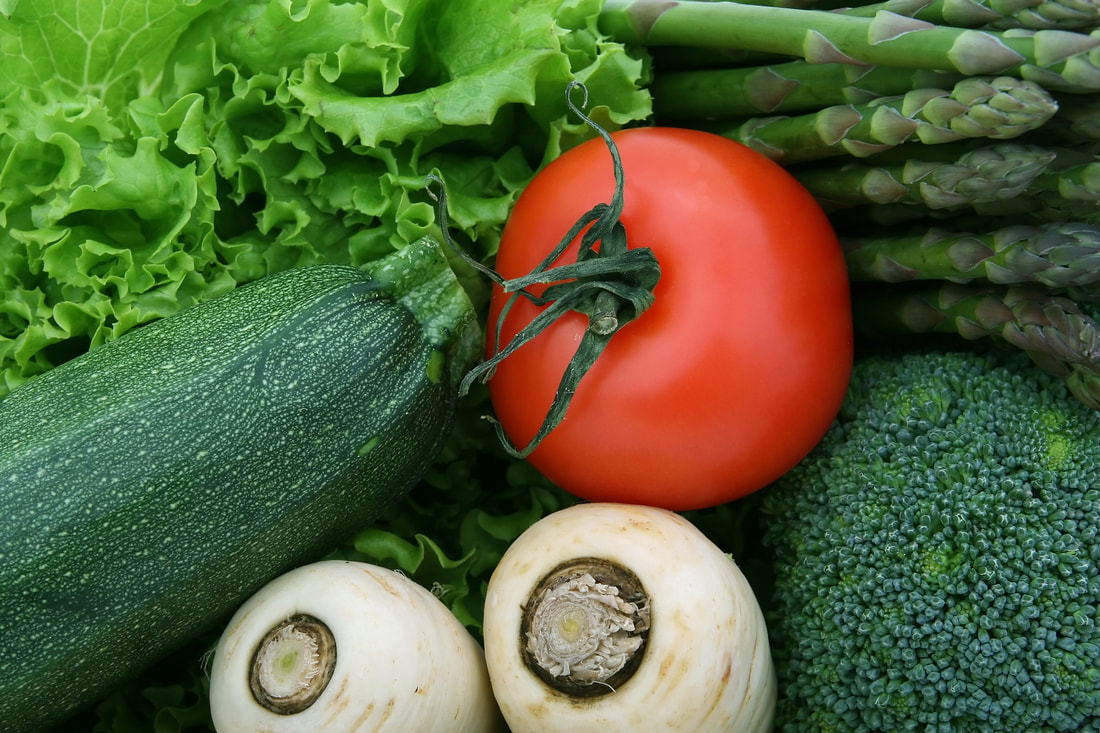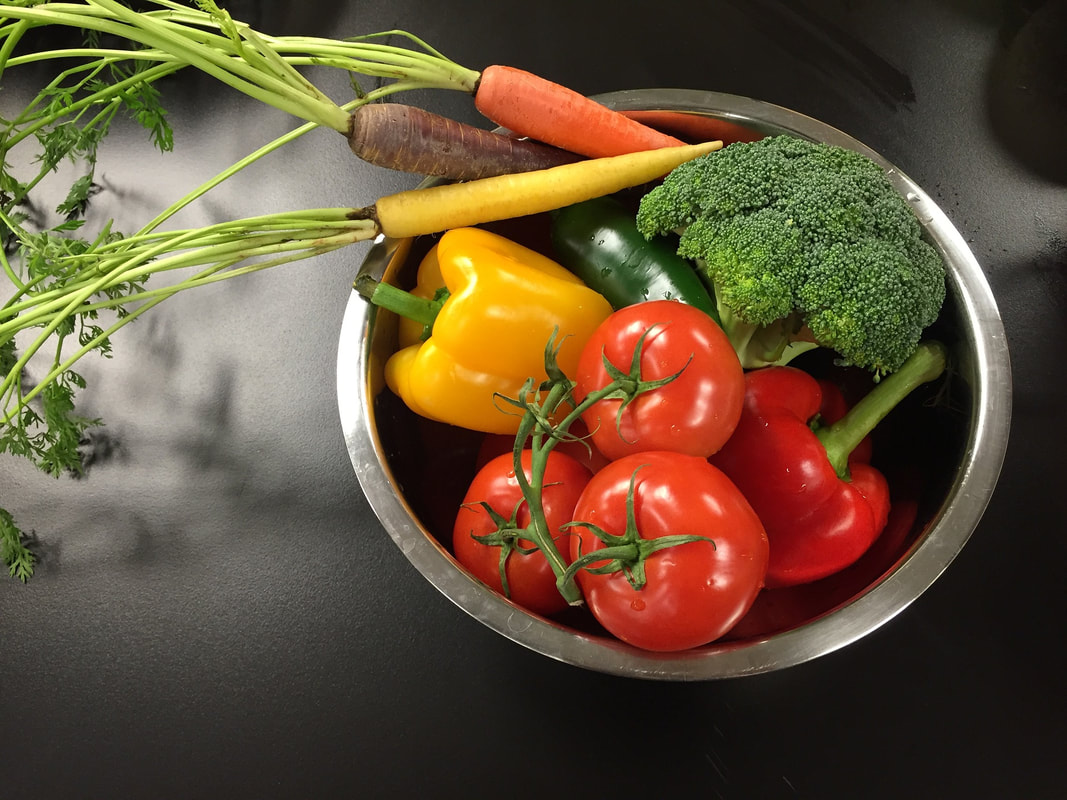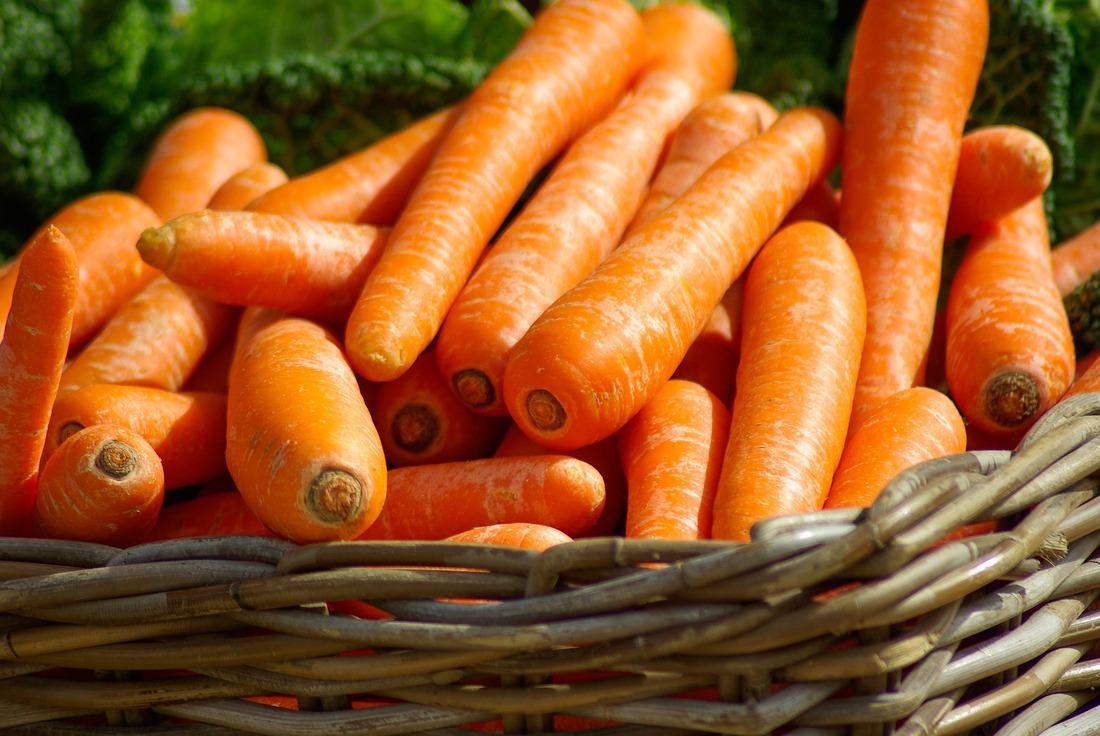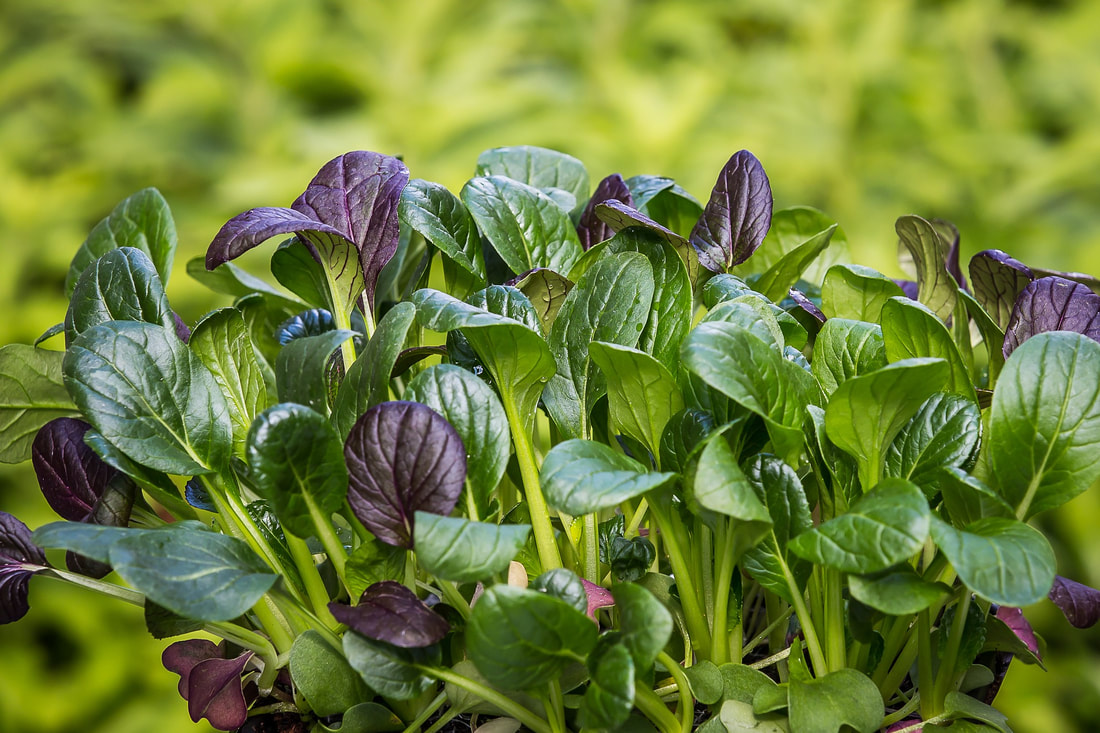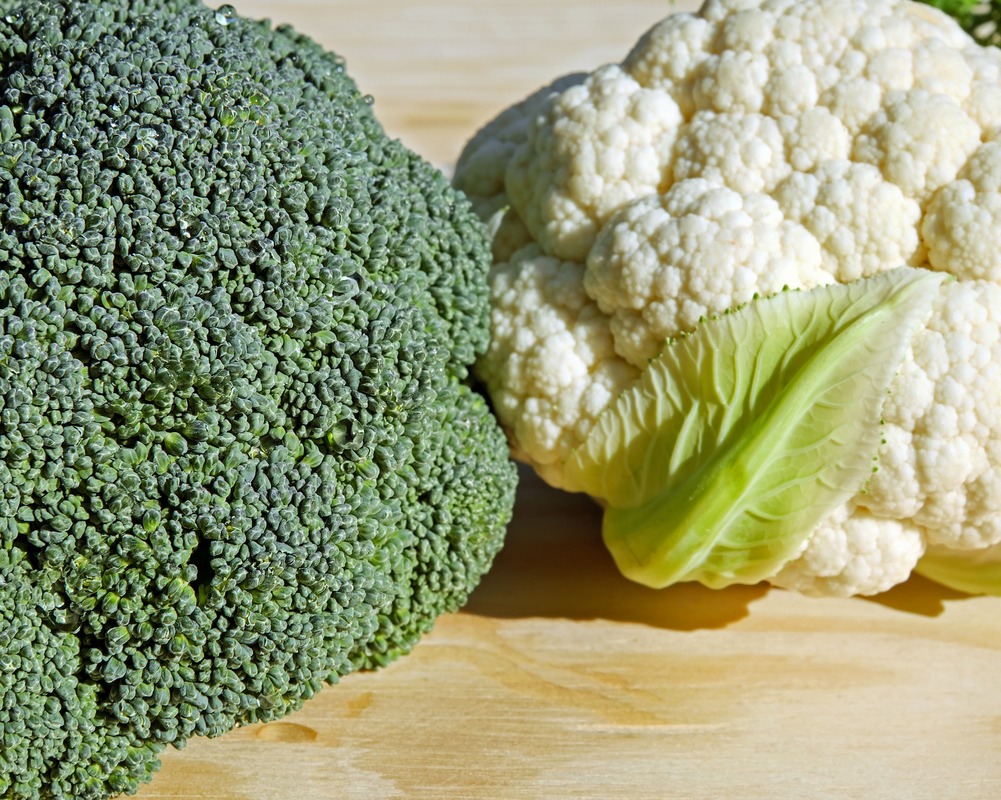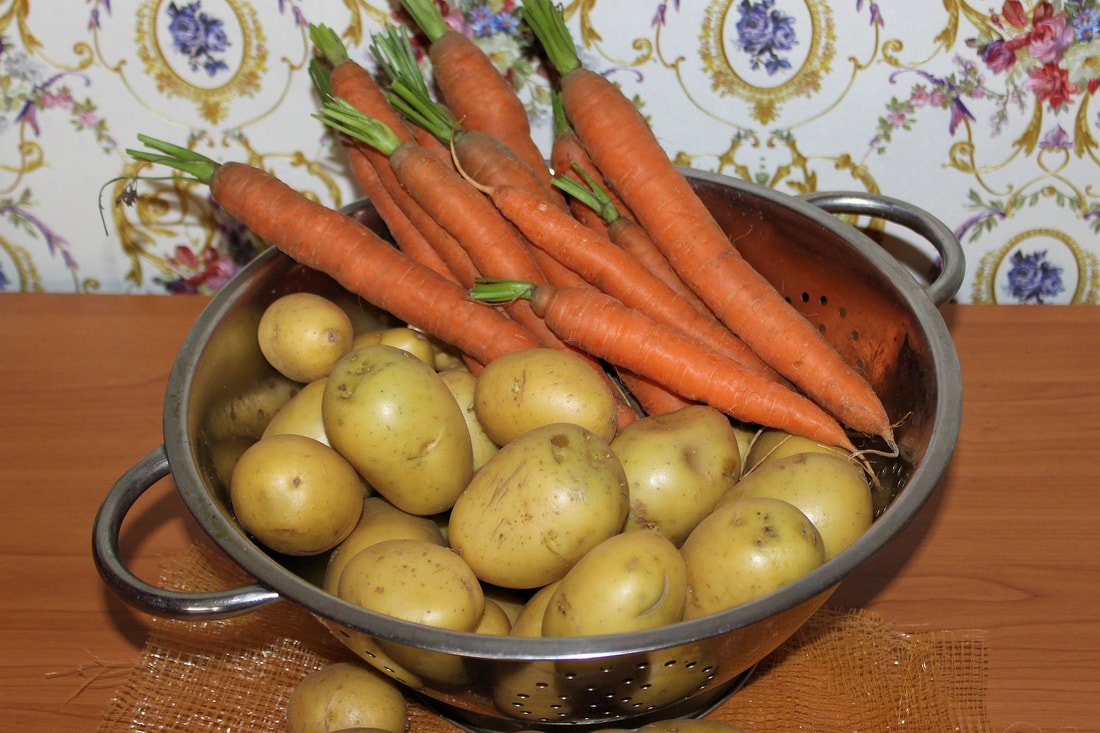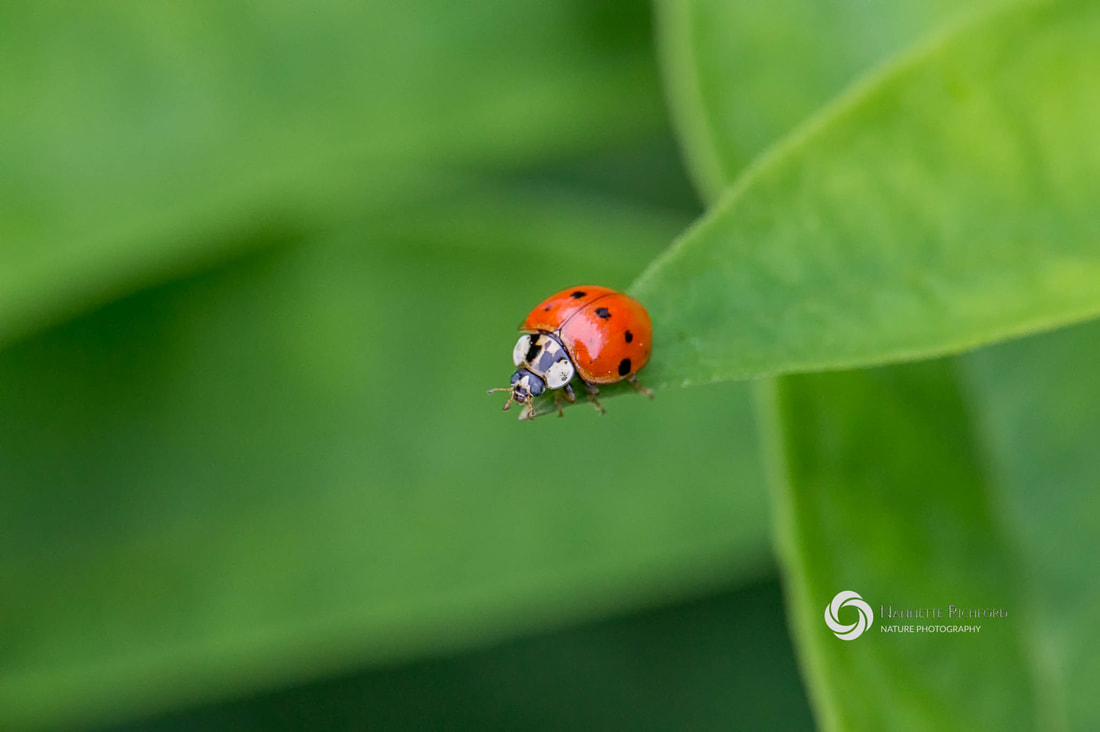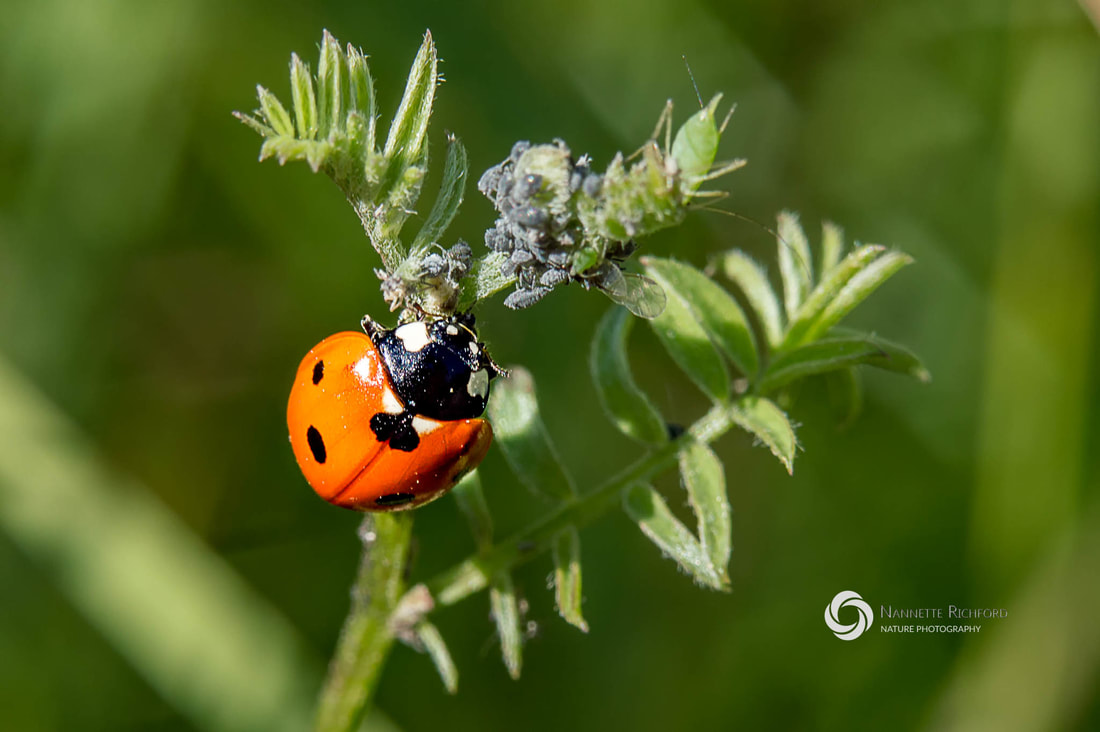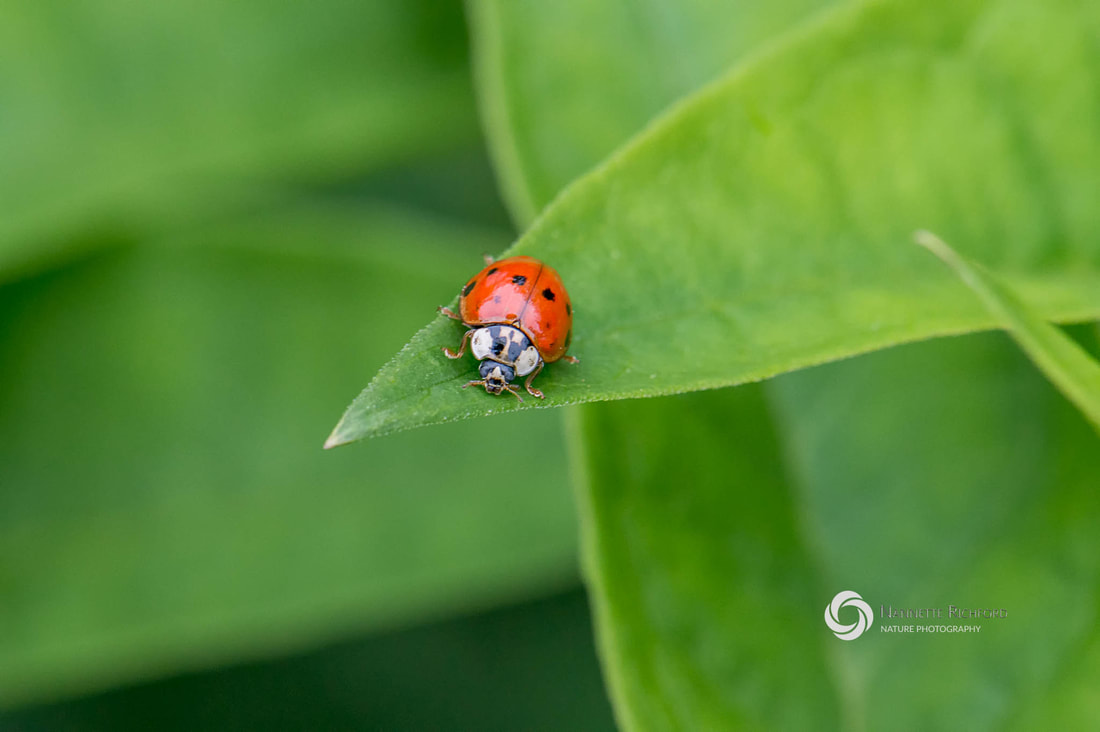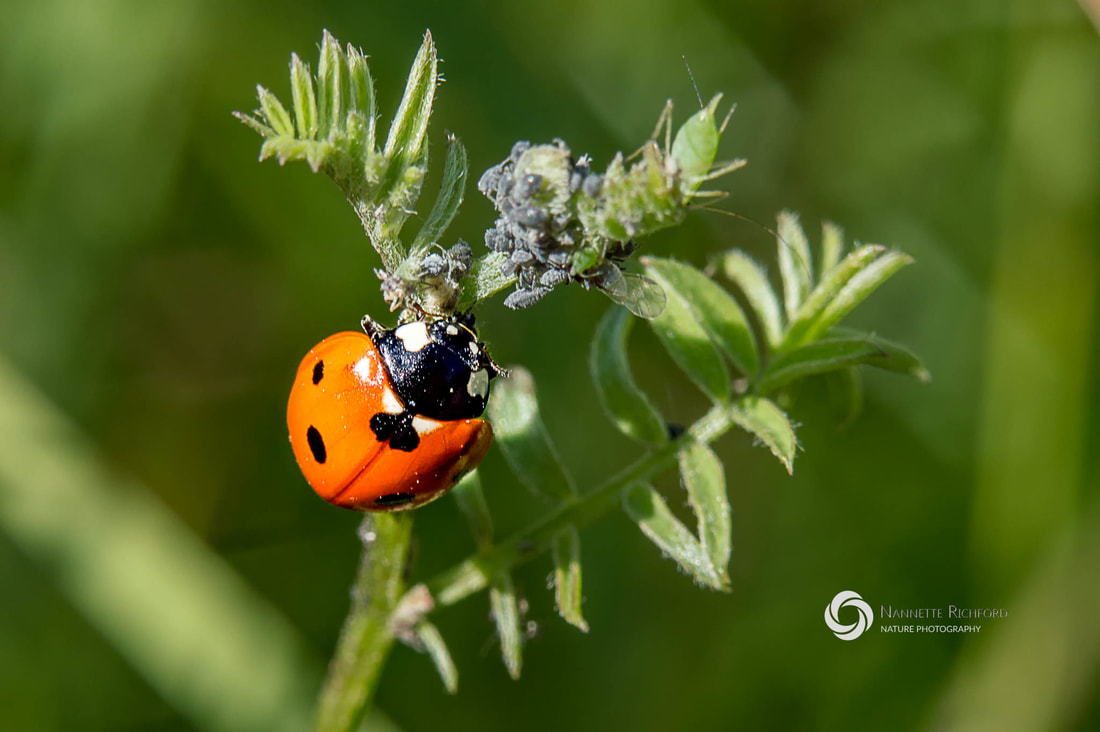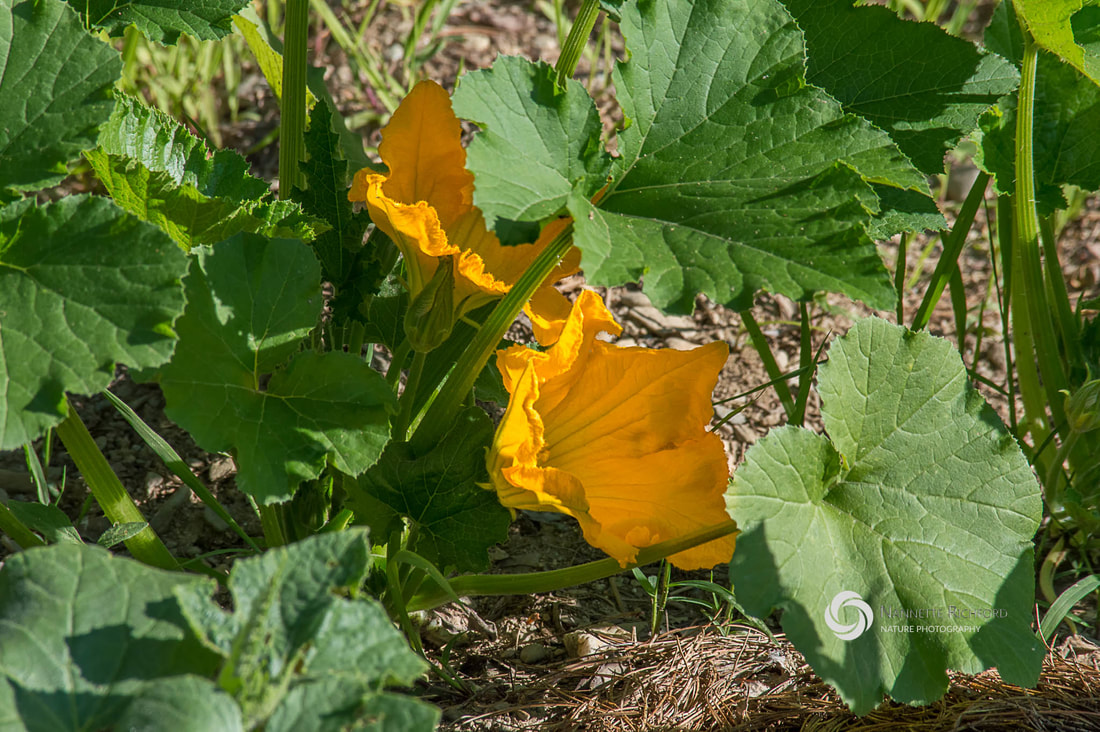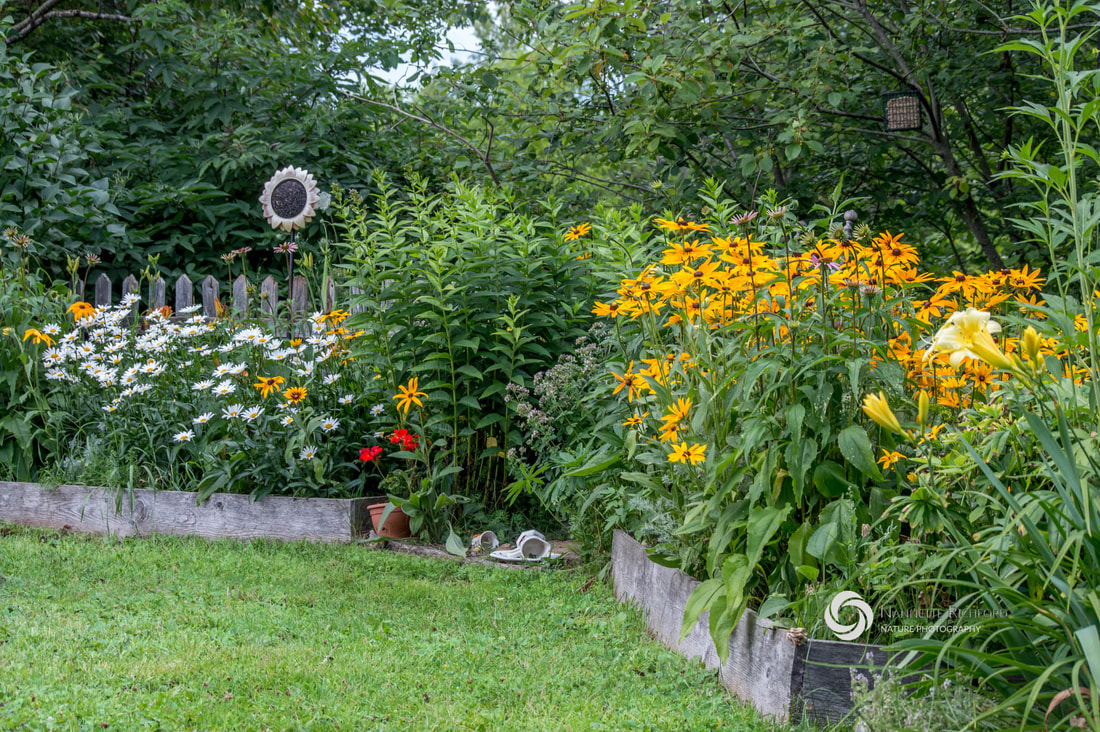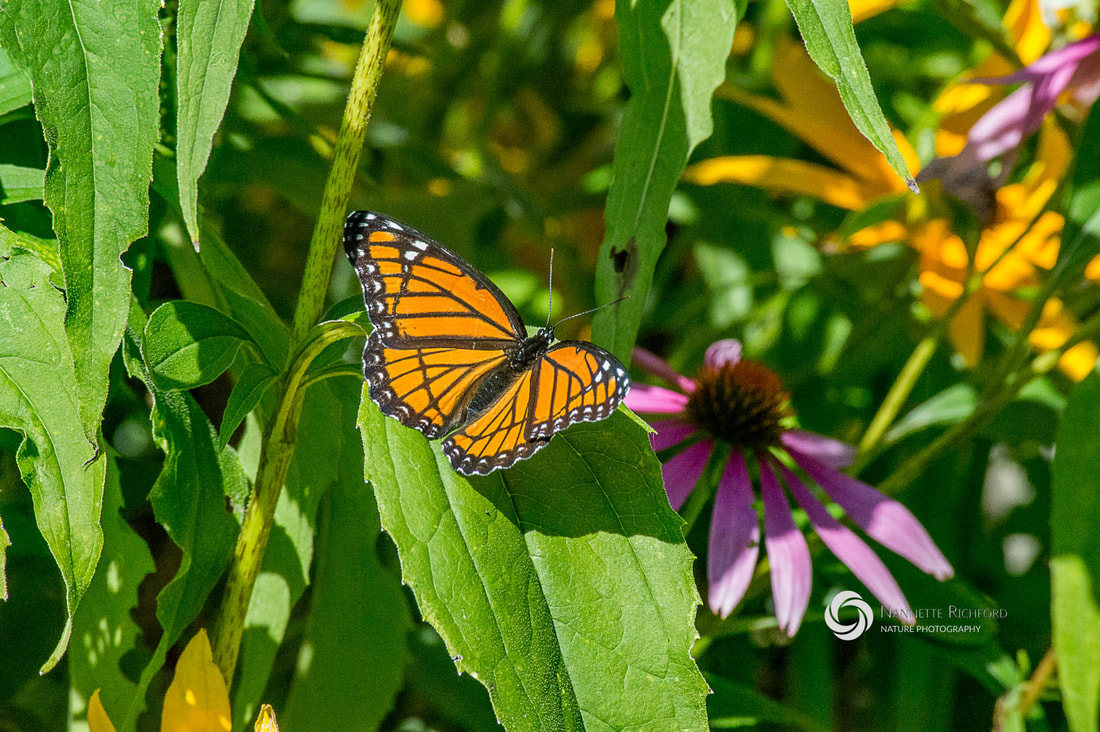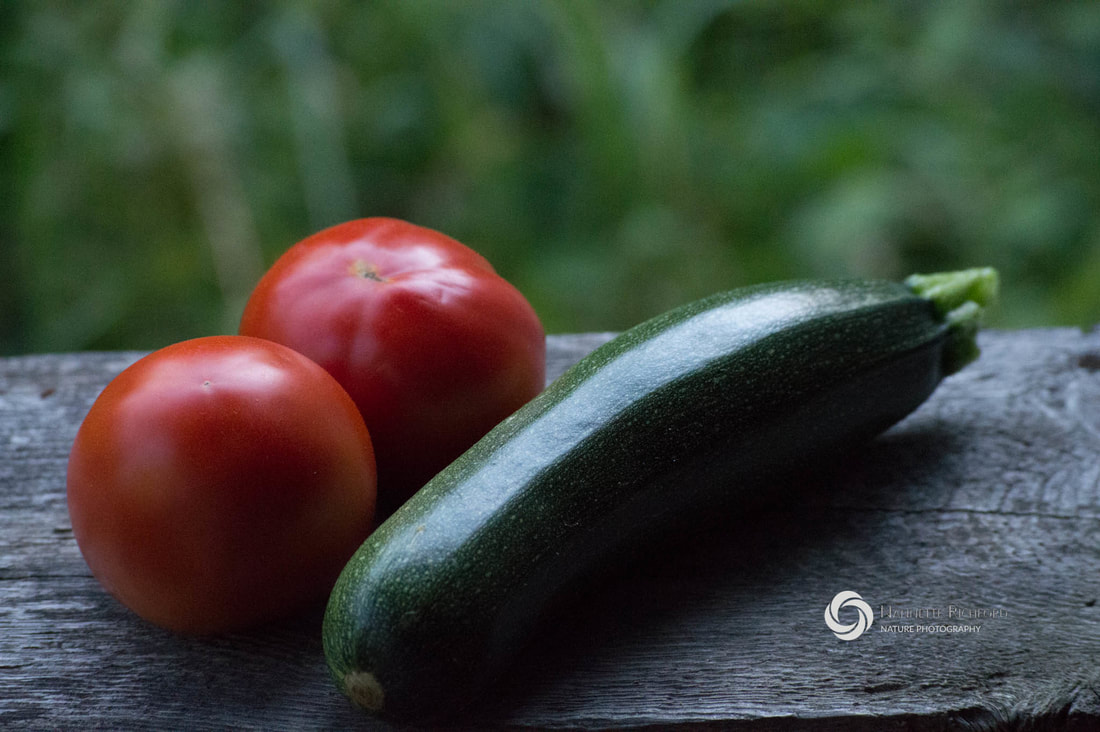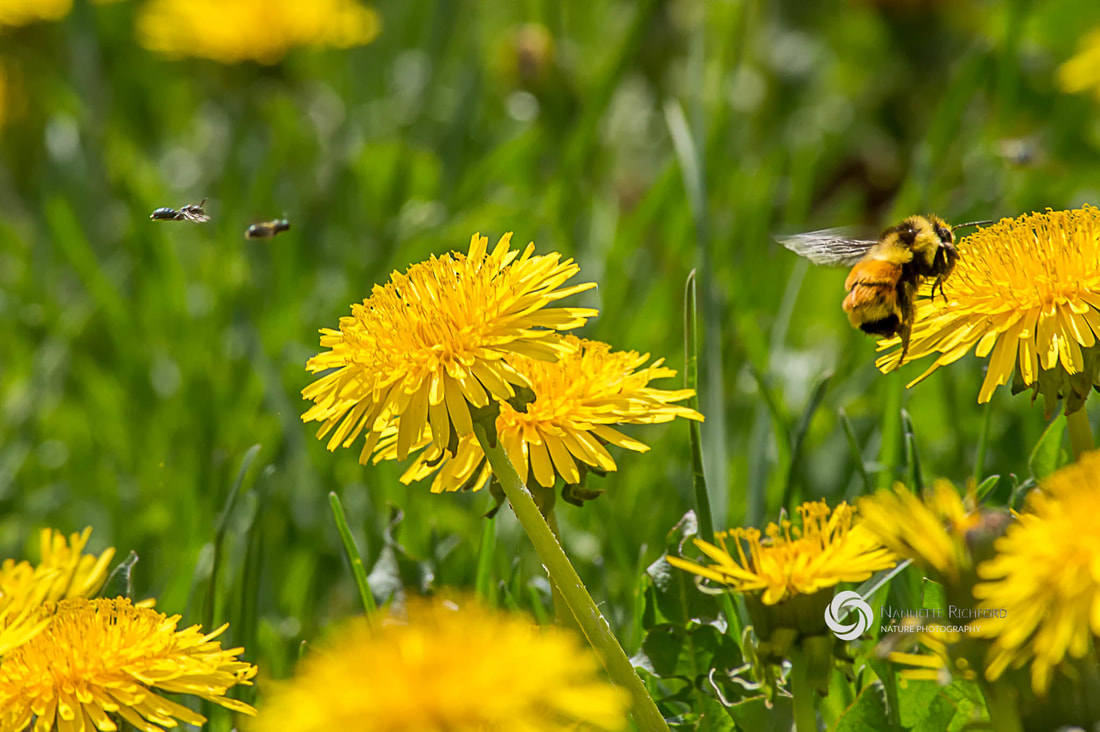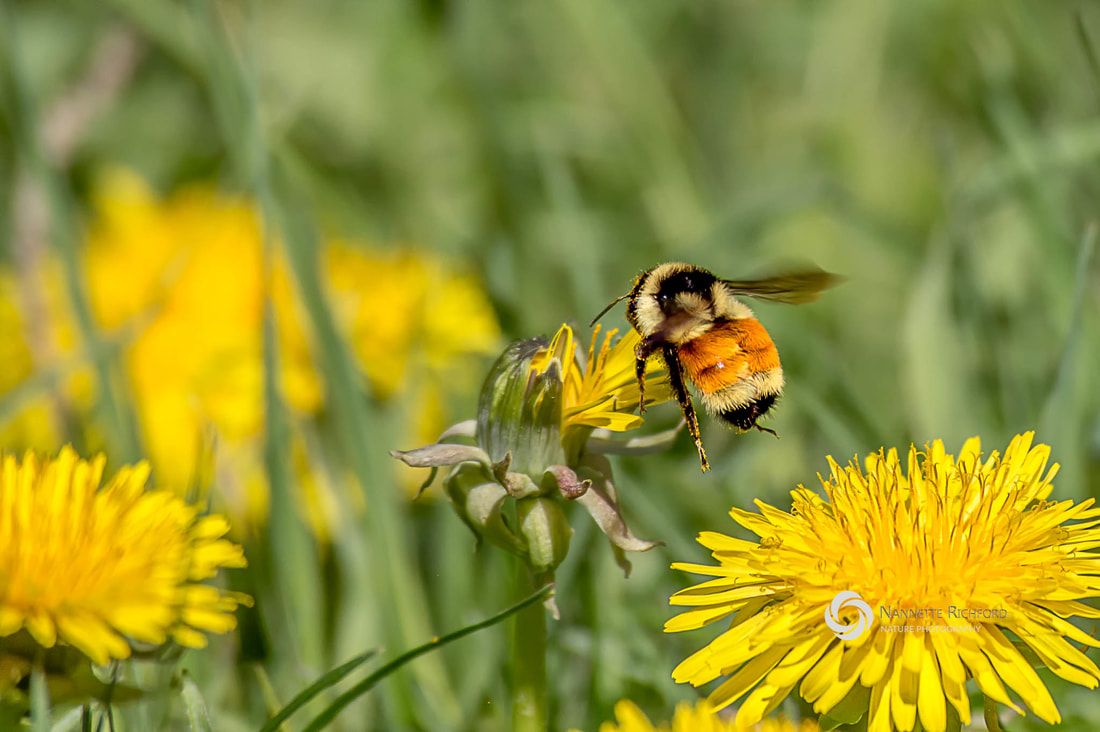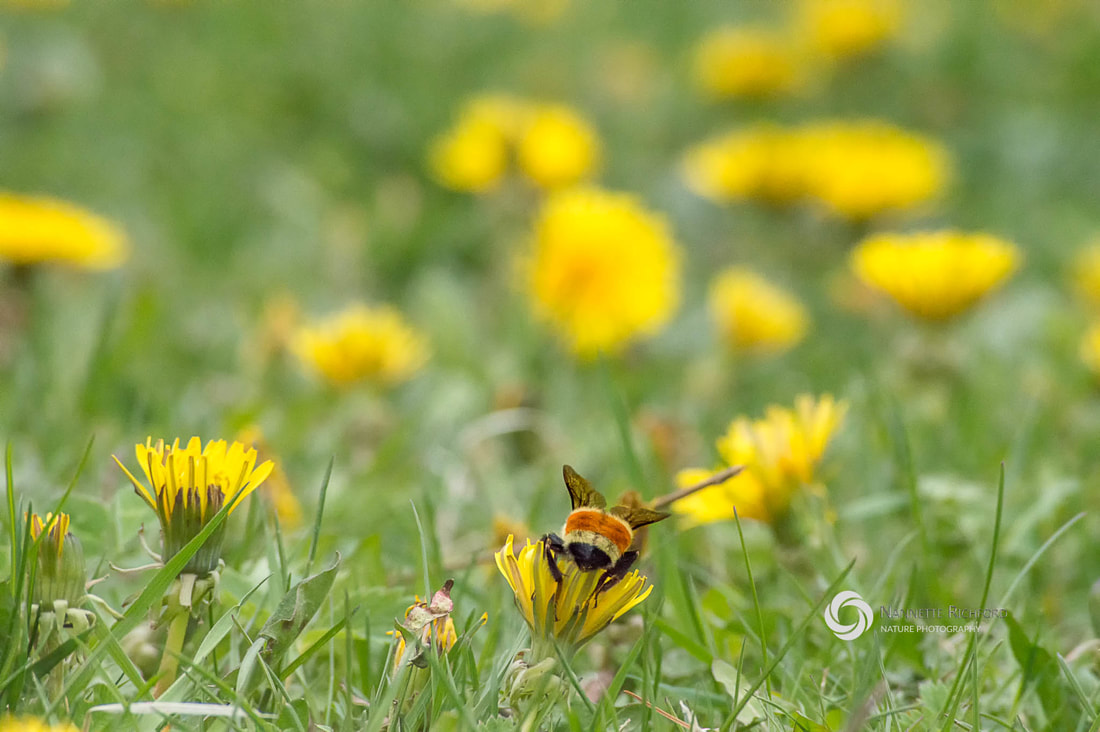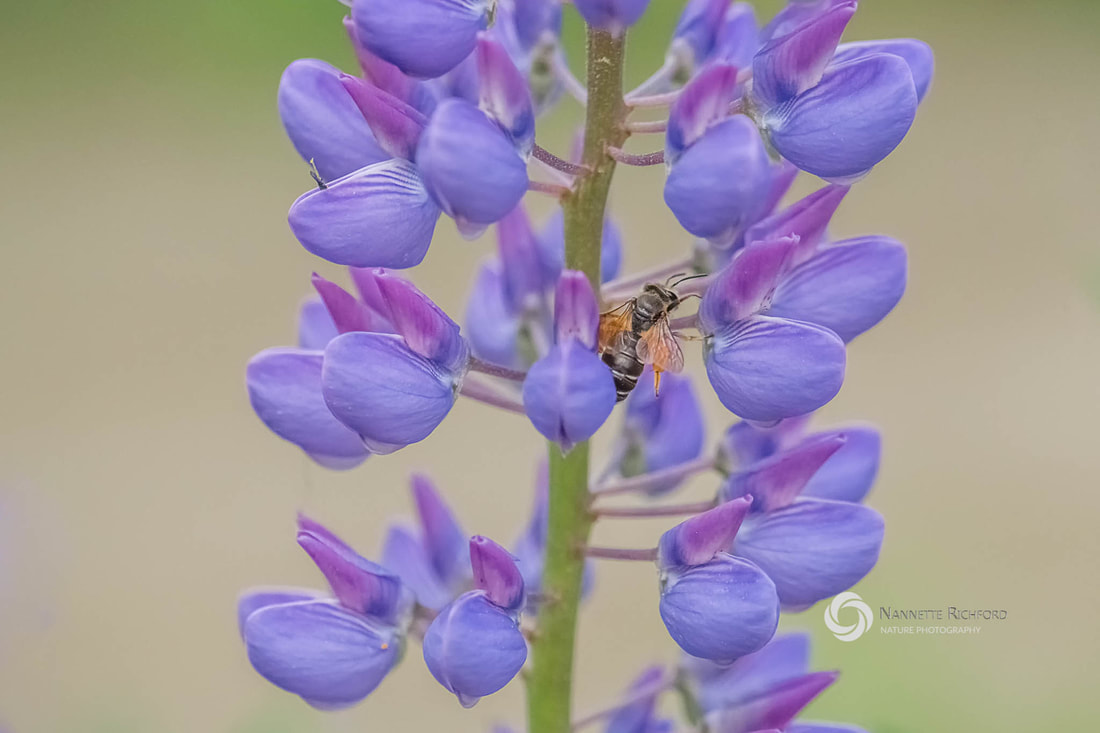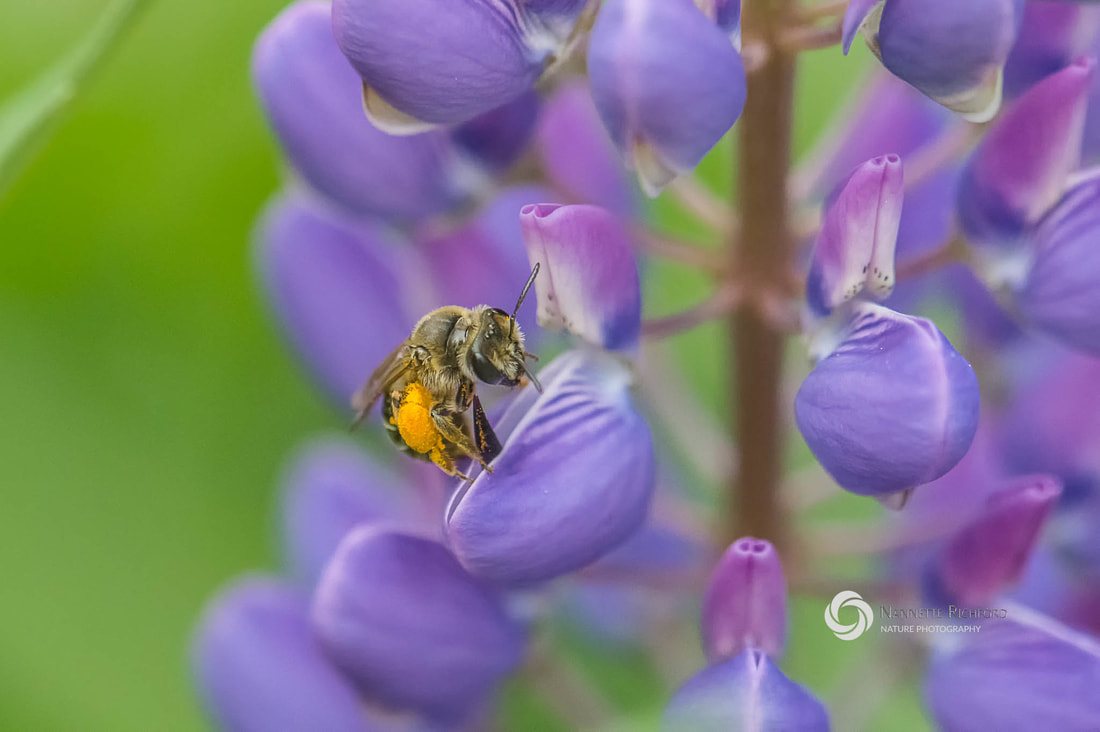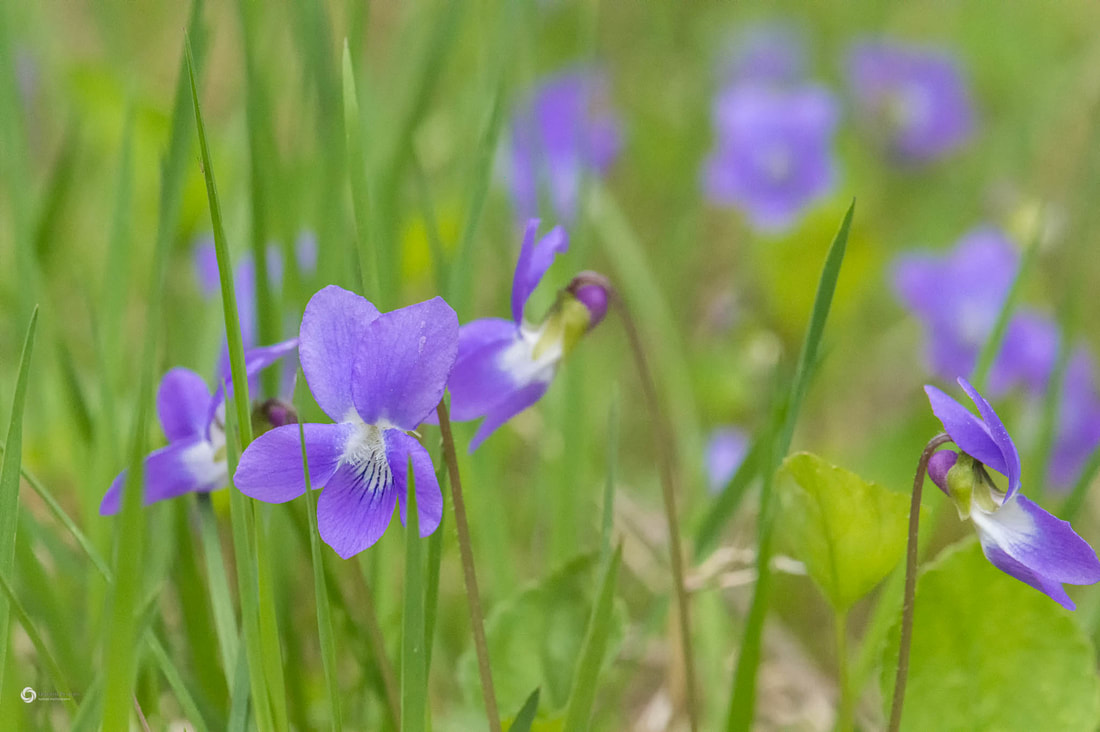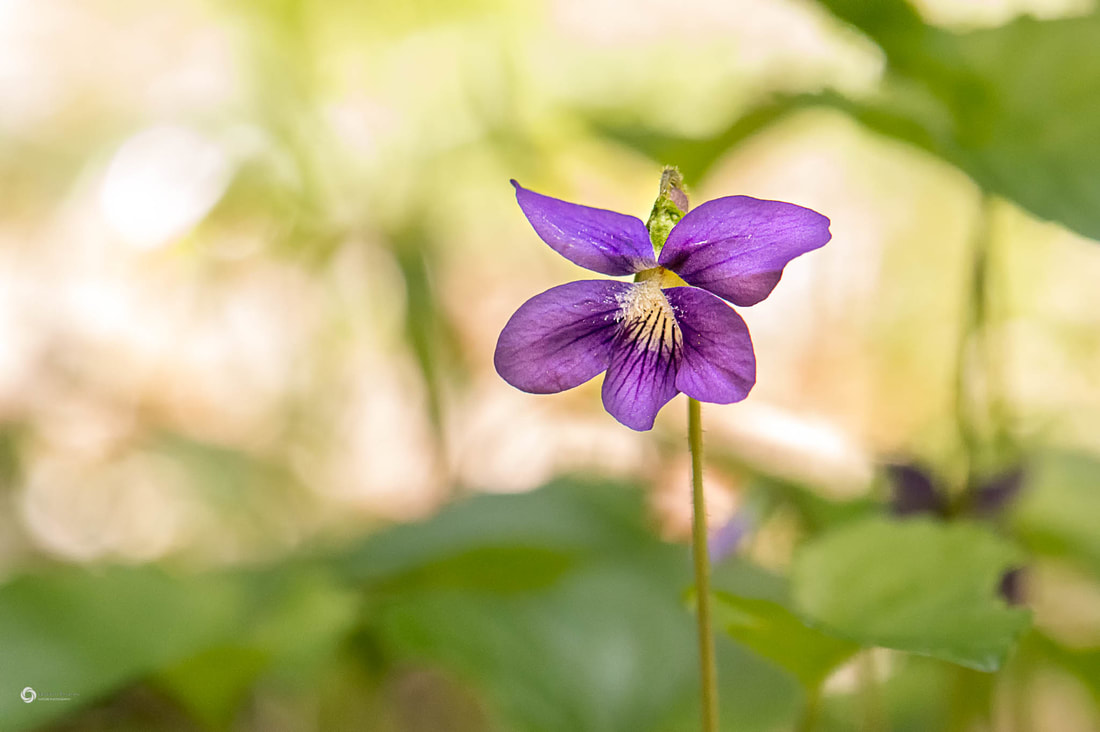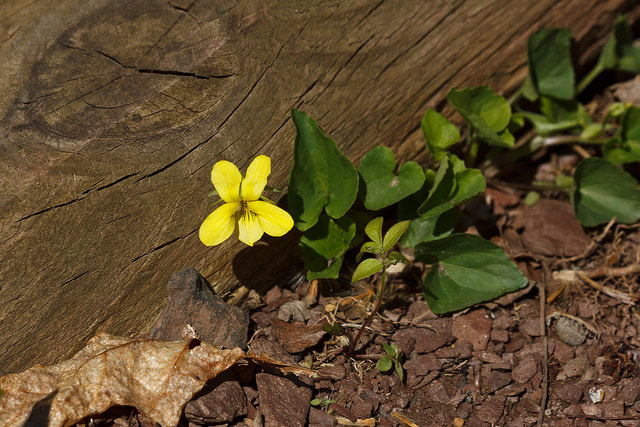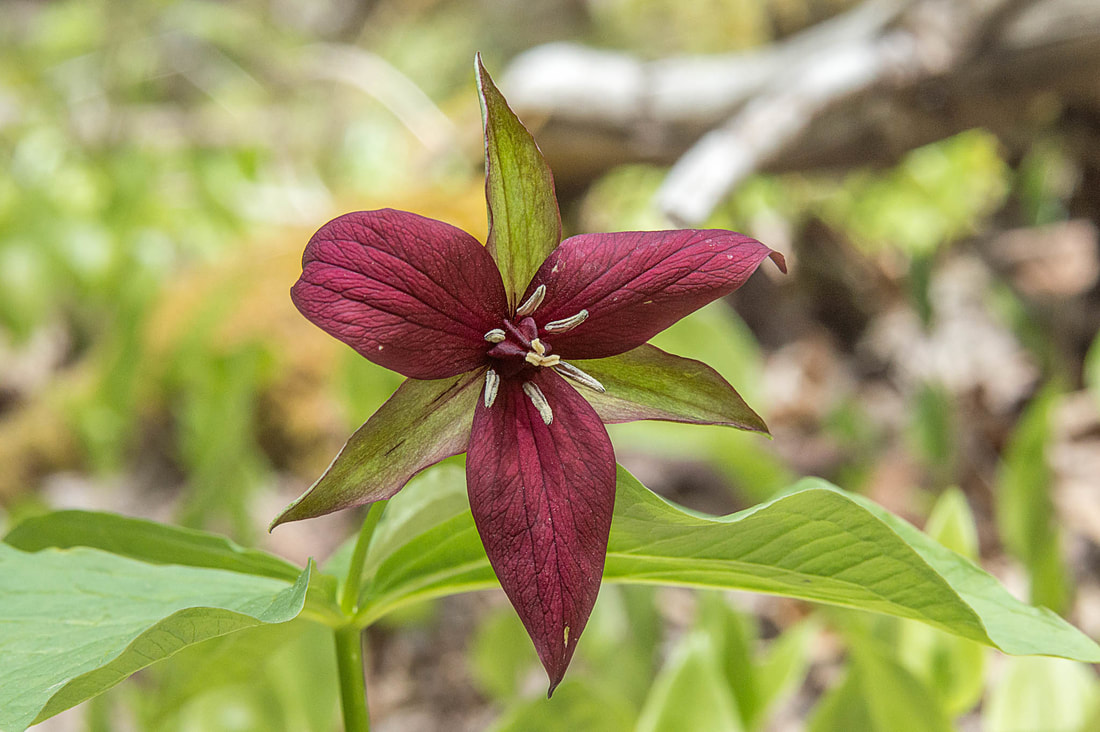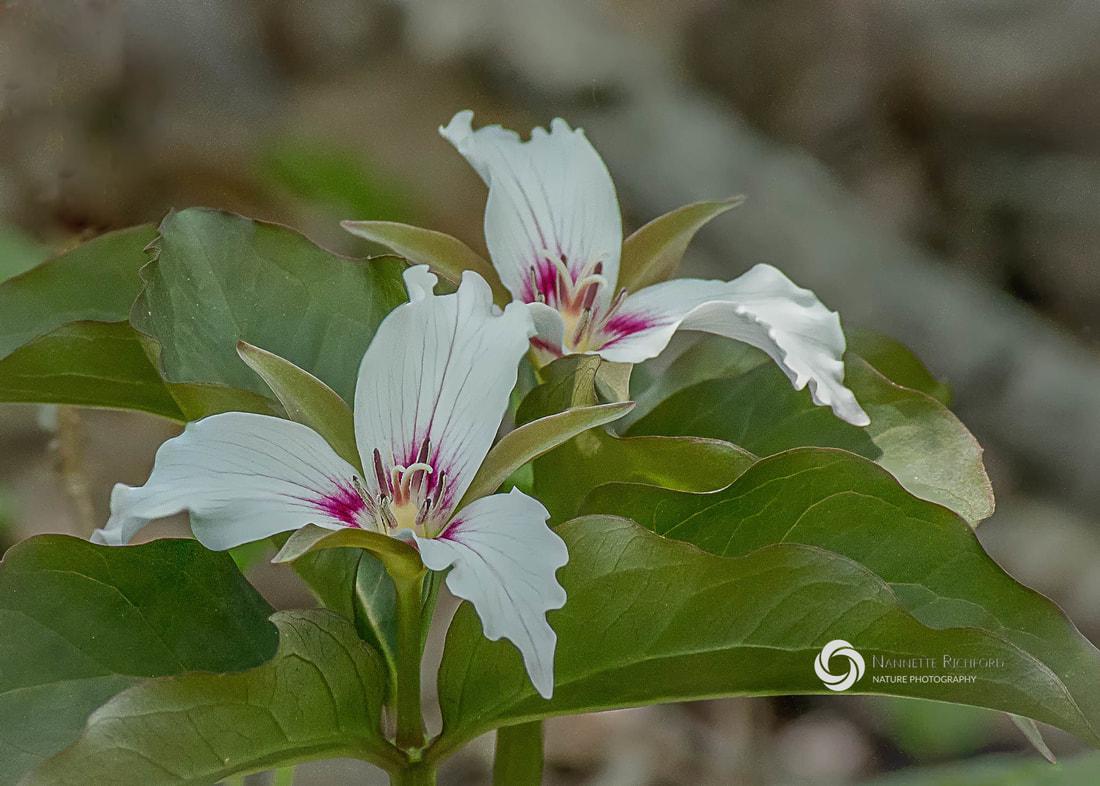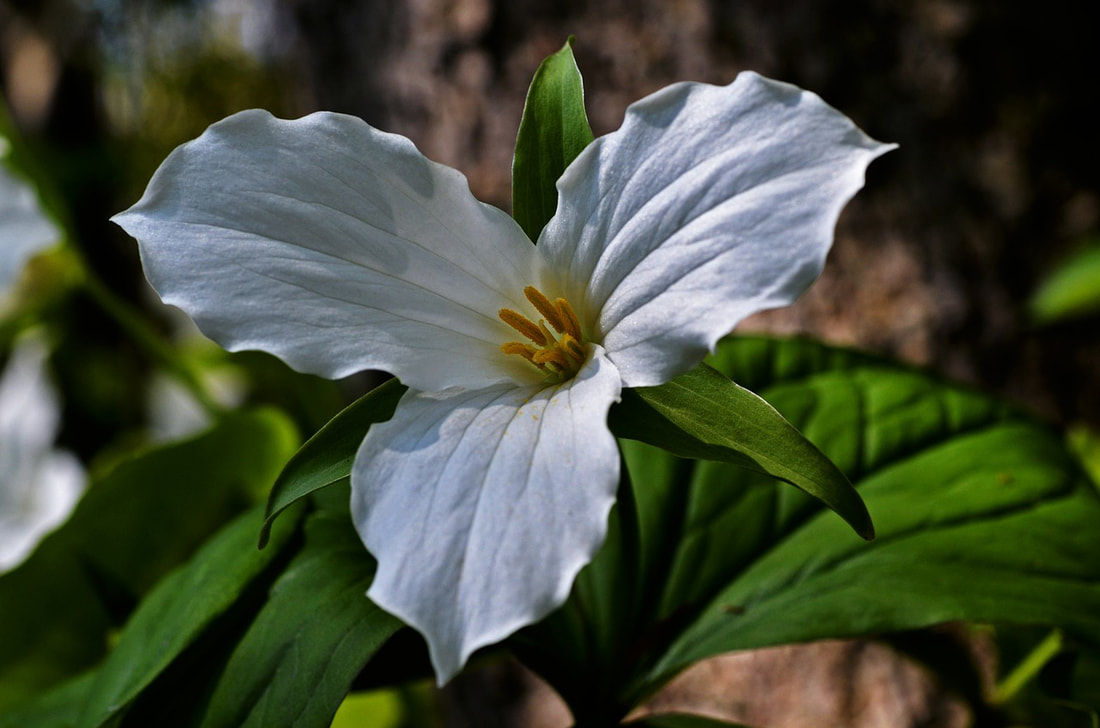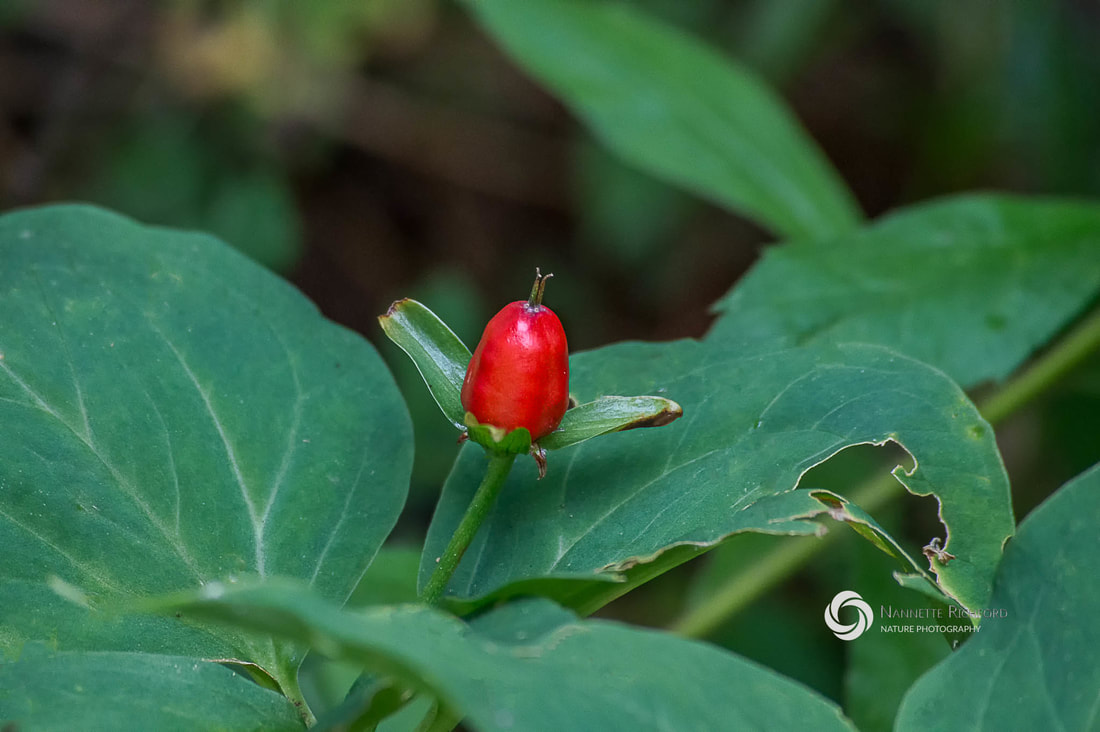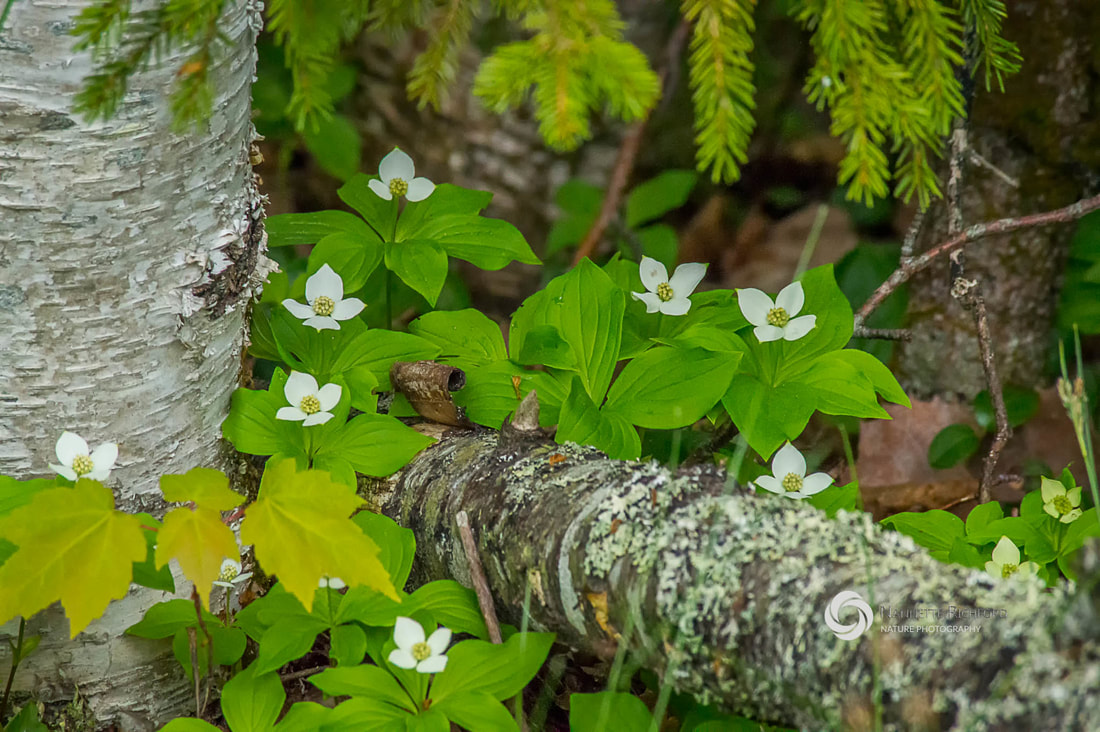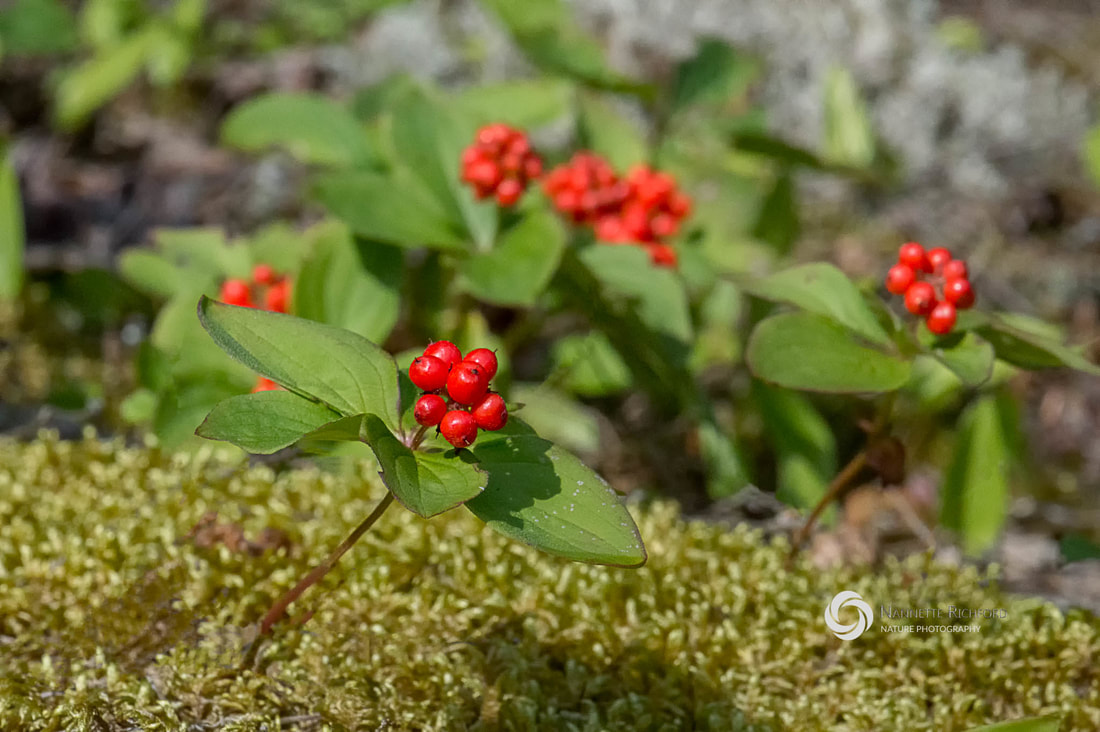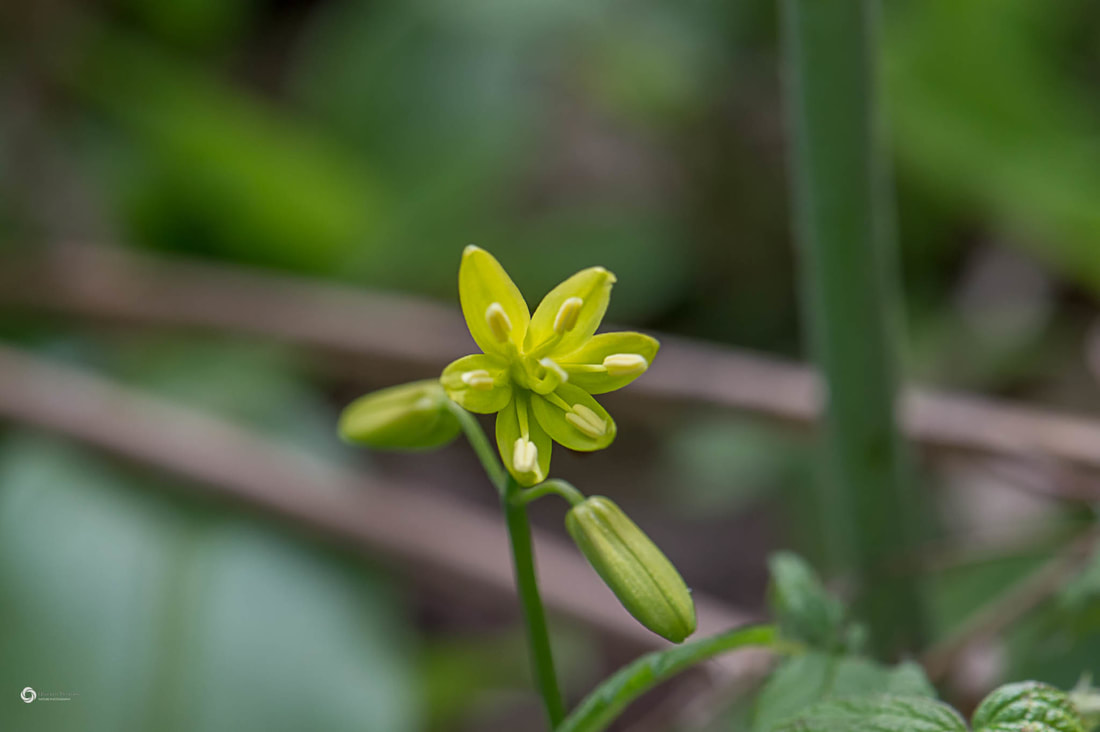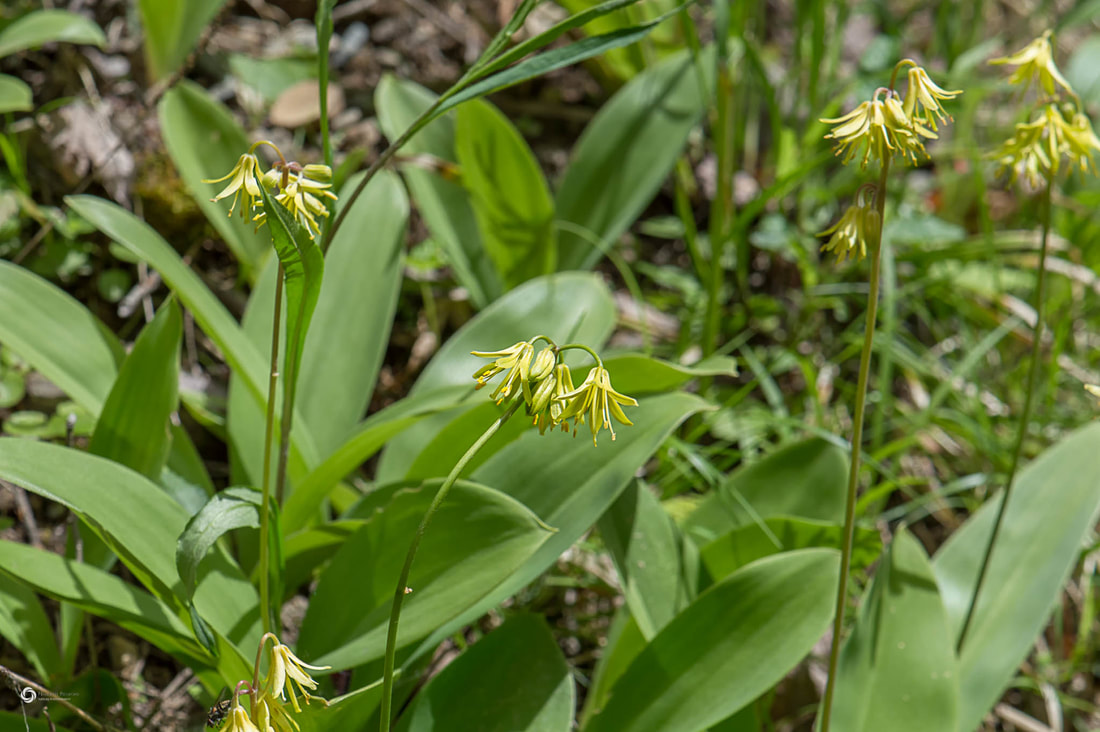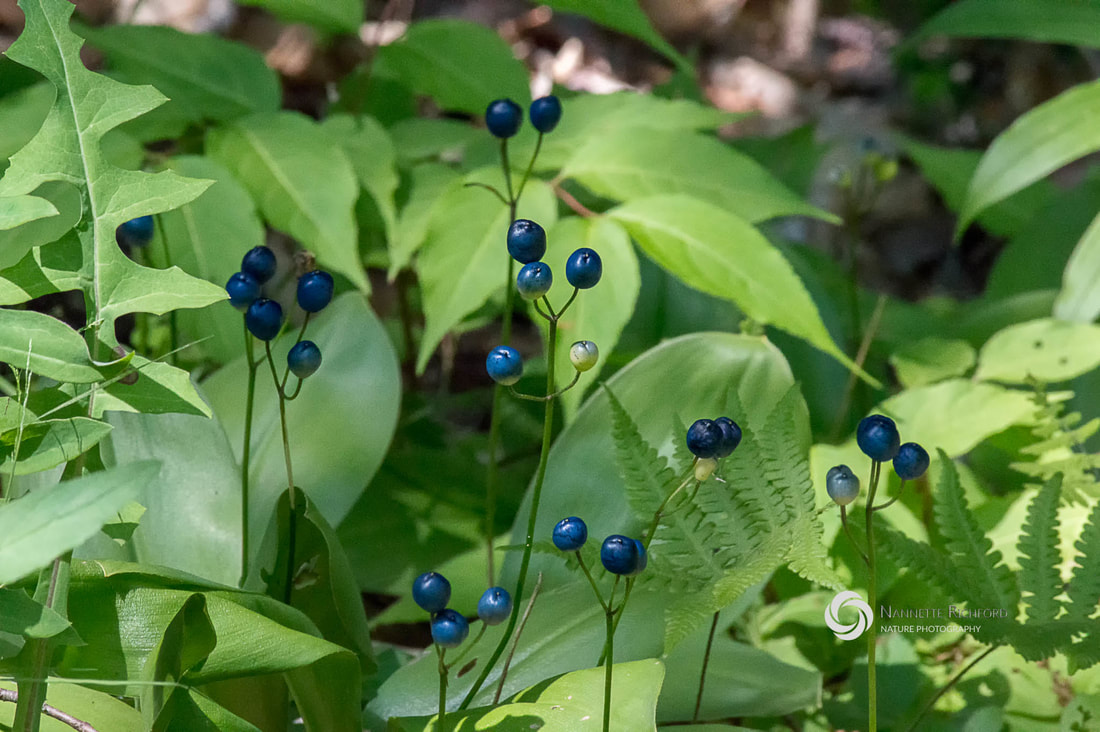- Home
- Garden Thyme Blog
- Themes
- Flowers
-
Veggies
-
Warm Season Vegetables
>
- About Beans >
- About Corn >
- Cucumbers >
- Melons
- Peppers >
- Squash >
-
Tomatoes
>
- How to Harden Off Tomato Plants
- How (and when) to Prune Tomatoes
- Magnesium Sulfate (Epsom Salt) for Tomatoes
- Blossom End Rot in Tomatoes
- Growing Cherry Tomatoes in Hanging Baskets
- 4 Best Tomatoes for Short Seasons - Early Tomatoes
- 5 Early Maturing Tomatoes for Short Season Gardening
- How to Ripen Green Tomatoes
- How to Make Sun-Dried Tomatoes at Home
- How to Grow a Pomato Plant
-
Cool Season Vegetables
>
-
Warm Season Vegetables
>
- Herbs
- Gardening Basics
- Garden Pests
- Birds
- Fiddleheads and Fairies
- About Us
- Contact Us
- How to Marinate Roasted Vegetables
|
Nearly everyone knows that eating raw veggies is better for you than eating cooked veggies because cooking destroys their nutrients, right? Not so fast. While it is true for some vegetables, cooking many vegetables actually increases their nutritional value. Use this guide to decide whether eating your veggies cooked or raw is better for your health. Cook Tomatoes & Red Peppers to Release LycopeneLycopene, the red pigment found in tomatoes, red peppers and other rosy colored veggies lowers the risk of cancer and heart attacks. Cooking your tomatoes and other veggies with lycopene releases more lycopene, making it readily available for your body to use reports Scientific America. To reap the health benefits of lycopene, cook your veggies before eating them. You will still get some lycopene if you eat them raw, but cooking will boost the amount of lycopene your body can use. This happens because cooking the vegetable helps to break down the cell walls and releases lycopene.. Cook Carrots to Release AntioxidantsIf you thought that eating your carrots raw was the best way to boost nutrition, you might be surprised to learn that cooking your carrots is actually better for you. That's because when the cell walls are broken down via cooking the carrots release more antioxidants, such as, carotenoids and ferulic acid to fuel your body. Cooked carrots contain more beta-carotene than raw carrots, says Prevention. Cook Spinach and Other Greens to Release CalciumSpinach, Swiss chard and beet greens are all high in calcium, but if you want to get the most calcium from these veggies, you will need to cook them first. They contain the compound oxalic acid which binds with the calcium and makes it unusable to the human body. Cooking breaks the bond and makes the calcium available for absorption. Eat Broccoli and Cauliflower RawBroccoli, cauliflower and other Cruciferous vegetables like cabbage, bok choy and Brussels sprouts, may be more nutritious eaten raw, explains Deborah Baic at the Globe and Mail. This is because they contain a substance called myrosinase that is released when you chew or chop the raw veggies. It in turn helps to convert phytochemicals to cancer-fighting compounds. Cooking these veggies destroys the compounds and reduces their cancer-fighting abilities. Balance is KeyEating both raw and cooked vegetables is good for your health, as not all nutrients respond the same to cooking. Heat may cause one nutrient to increase, while another decreases. Some vitamins like Vitamin A and C can be lost during the cooking process, especially if you cook your veggies with a lot of water. But many experts agree that the gains in other nutrients during cooking may offset any loss of these readily-available vitamins.
Other considerations include whether you (or your children) are likely to consume more vegetables cooked or raw. Obviously, if little Katie refuses to eat cooked carrots, but devours them raw, she will get more nutrients from raw carrots. Likewise, a healthy helping of cooked broccoli may outweigh a nibble of the raw veggie.
0 Comments
If you are new to gardening, you may have questions about cooking fresh garden veggies. One of the most common is: "Should you start veggies in hot or cold water?" Although your instincts may tell you that starting with hot water is the way to go to cook your veggies quickly, it isn't always a good idea. Here's why. Start Above-Ground Veggies in Hot WaterStart tender, above-ground veggies in boiling water. Because these veggies cook quickly, hot water is ideal. Starting with boiling water also reduces the cooking time and helps to retain both color and nutrients. Start Below-Ground Vegetables in Cold WaterVegetables that grow below the ground, commonly referred to as root vegetables, are more dense and require a longer cooking time. These veggies should be started in cold water to preserve their flavor and texture. Cold water that is heated slowly warms the veggies all the way through before they begin cooking and ensures the vegetables cook evenly.
Starting root vegetables in hot or boiling water causes the outside of the veggies to overcook before the inside of the vegetables are fully cooked. This can cause the outside to be mushy or mealy and they lose their characteristic flavor and texture. If you are like most people, you may have a few misconceptions about the difference between a traditional ladybug and an Asian Lady Beetle. You may be surprised to learn how similar these two really are. Myth #1: Ladybugs and Asian Lady Beetles Are Completely DifferentEven though Americans typically refer to the American version as a Ladybug, it is really a Lady Beetle or a Ladybird Beetle. Both the traditional ladybug and its Asian look-a-like are Lady (or Ladybird) Beetles. They both belong to the same family (Coccinellidae). According to National Geographic, there are more than 5,000 species of lady beetles worldwide, with more than 500 species in the U.S. That means there is a lot of variation in the color and number of spots when it comes to ladybugs. Myth #2: You Can Tell Asian Lady Beetles and Ladybugs Apart by Their ColorMany people assume that the color of the beetle determines whether it is an Asian or American Ladybug, but this isn't always true. Traditional ladybugs can range in color from bright red to orange-red. While Asian Lady Beetles range in color from orange-red, orange and nearly tan. It can be difficult to tell the difference between the two at first glance. You can tell American Ladybugs and Asian Ladybugs apart by looking at their 'face'. Asian ladybugs have a white pronotum (the section between the head and the body of a ladybug) with a black M or W above their eyes, while the traditional American version has a black pronotum with small white cheeks. Myth #3: Asian Lady Beetles Are Bad and Ladybugs Are GoodWhile it is true that Asian Lady Beetles can become a nuisance because they often crawl into buildings in the fall and over-winter inside, they aren't that different from an American Ladybug. Both consume aphids and insect pests in the garden. In fact, the Asian Lady Beetle was originally introduced to the U.S. by the Department of Agriculture to help control insect pests on pecans and apples. Both are beneficial to farmers and gardeners. If you find Asian Ladybugs a nuisance in your home, go ahead and vacuum them, but understand that they are not harmful and they do not breed in your home. The bugs you see crawling out in the spring are the same ladybugs that sought shelter in the fall. They will find their way back outside in the spring as soon as it is warm enough for them to survive.
Let's face it. Most of us garden because we love to watch things grow and like to think we have a hand in the process. Naturally, it makes us feel good to see the fruit of our labor and to get out in the fresh air and sunshine. What you may not know is that gardening provides a host of health benefits you might not have thought about before. Consider these proven benefits to gardening. Relieves StressWe all experience stress in our daily lives and gardening is one way to relieve it. According to CNN Health, a study completed in the Netherlands actually measured the stress hormone cortisol in two groups of subjects instructed to either read or garden for 30 minutes. Gardening reduced cortisol levels more than relaxing with a good book. High cortisol levels caused by stress are known to contribute to increased blood pressure, high blood sugar and insulin resistance, suppress the immune system and cause fatty deposits in the face, neck and abdomen. Lowering your cortisol levels will improve your health and may even help you lose few pounds. Gardening is a good way to relieve stress and reduce cortisol levels. Improves Mental HealthGardening has also been shown to improve mental health, specifically by alleviating depression and reducing anxiety. While there may be a number of reasons why gardening might elevate mood and relieve symptoms of depression, such as exposure to new experiences and working out in the fresh air and sunshine, there may be another reason. Soil contains a harmless bacteria, Mycobacterium vaccae , that stimulates the release and metabolism of serotonin in the brain. This stimulates the area of the brain that controls mood and cognitive functioning. Digging in the soil and contacting soil that contains Mycobacterium vaccae is like getting a mini-boost of serotonin-boosting antidepressants. As an added bonus, food grown and eaten straight from the garden contains this beneficial bacteria, too. Perhaps this explains why so many gardeners enjoy a tasty snack of fresh veggies while working in the garden. Combats DementiaStudies on people in the 60's and 70's suggest that those who garden are less likely to suffer from dementia by an amazing 36 to 47 percent. (CNN Health) These results are likely due to a combination of effects, such as exercise, experiencing new things and perhaps getting a good dose of beneficial bacteria. Improves NutritionNearly everyone knows that eating fresh fruits and vegetables is good for you. When you grow them yourself you also control whether they are exposed to pesticides or other chemicals. But that's not the only benefit to eating fresh fruits and veggies from the garden.
Promotes EarthingIf you are into the New Age practice of Earthing, you will be happy to learn that gardening is a natural form of earthing. Earthing refers to the practice of going barefoot or otherwise making contact with the earth without artificial barriers (like the rubber soles on your shoes) between you and the earth..
Earthing is thought to draw negative ions from the earth to re-balance the body by evening out positive and negative charges in the body and restoring your body to its natural state. According to supporters of Earthing, our bodies are filled with positive ions, mainly from free radicals caused by food additives or other environmental sources. These positive ions can lead to inflammation, pain and disease. The earth, on the other hand, is a natural source of negative ions. If your body (with a positive charge) contacts the earth (with its negative charge) energy from the earth is drawn into the body to neutralize your body's energy. Earthing is thought to bring a host of health benefits from feeling better and experiencing more joy and happiness to eliminating pain and inflammation and other health ailments.. If you find yourself feeling a bit guilty because you don't mow your lawn as often as you should, it's time to relax your standards. Mowing your lawn less frequently is actually good for your garden and the environment. Recent research concludes that lawns that are mowed every two weeks support 30 percent more bees than lawns mowed every week, says the American Association of Science. And that is good news for both your garden and the environment at large. Bees are major pollinators of both wild plants and plants raised for food. According to the Natural Resources Defense Council, 90 percent of wild plants and 30 percent of crops depend on cross pollination via insects. Letting your lawn grow for an extra week during the summer provides more flowers for bees and provides a sustainable habitat for them. Of course, that means you may need to tolerate dandelions and other weeds that may have your neighbors complaining. But, you can always tell them you are doing your part to help the environment and to save the bees.
Nearly everyone knows that bees are important to gardens, but not everyone knows there are more than 20,000 species of bees worldwide. While most of us recognize a honeybee and a bumblebee, we aren't necessarily skilled at recognizing other bees. I thought this bee was a honeybee until I took a photo from the rear. As it turns out, this bee is probably a cellophane or polyester bee (Colletes spp). It may sound like we are talking about Walmart's patent for a robot drone bee, but I assure you, cellophane or polyester bees are living bees and probably inhabit your backyard. What is a Cellophane or Polyester Bee?Cellophane and polyester bees are about the same size and shape as a honeybee and it is easy to mistake them, especially when you are looking at the head. However, they have dramatic black and yellow or black and white stripes on the abdomen with less hair than the honeybee.
They get their name from the habit of coating their nest and their brood cells with a water-proof substance similar to cellophane or polyester. This protects the nest from the ravages of water and makes it possible to nest in areas that may flood. Cellophane bees build their nests underground, typically in sandy areas with sparse vegetation. While cellophane bees tend to be solitary and nest individually, theirs nest are often part of a large colony. Cellophane bees are beneficial to gardens and wildflowers as they are effective pollinators. They are one of the first bees to arrive in the spring and can bee seen here on wild Lupines. They are also known to pollinate apples and other native plants or trees. According to LookSeek.com, cellophane bees are harmless to humans because their stinger does not penetrate human skin. Blue Violets"Roses are red, Violets are blue, Sugar is sweet, And so are you" If you grew up with this rhyme, you may have wondered why the violets you see are actually purple not blue. The truth is some violets are named purple violets while others are named blue violets. Their petal color ranges from blue to shades of purple, but you can't always tell them apart by the color of the petals. In other words, some blue violets are actually purple, while some purple violets can be blue. To confuse the matter even more, GoBontany says that both purple and blue violets can also be white. According to the Wild Seed Project there are 18 species of violets in Maine with many hybrids. This makes it difficult to determine the exact species of violets found growing in the wild. For most of us, that means referring to violets that look blue as blue violets and those that look purple as purple violets. Whatever you call them, these delightful little wildflowers emerge in early spring and can be found in woodlands, meadows, edges of forested areas and even on banks along the roadside. Some violets invade lawns. Violets prefer humus-rich, well-drained soil that is moderately moist, but will grow in nearly any soil. Purple VioletsThis violet is obviously more purple than blue, but I can't confidently identify the species to give it a proper name. Note the yellow center that differs from the white throat in the blue violets above. Purple violets tend to grow in clumps. White VioletsDelicate white violets can also be found throughout Maine, but they are not without their variations, too. This variety, called Sweet White Violet (Viola blanda), is a small woodland violet. It has an intense, sweet fragrance. Yellow VioletsYellow violets (Viola pensylvanica) typically grow under deciduous trees in areas where the sun reaches the ground in the spring, but they can be found in mixed forests. Look for clumps of yellow violets around the bases of trees or along the edges of wooded areas. Yellow violets often spread freely, blanketing a large area with a splash of yellow in early spring.
Red TrilliumIf you grew up in Maine you probably call Red Trilliums (Trillium vaseyi or Trillum Erectus) Stinking Benjamins while in other areas they are often referred to as Stinking Willies. Both names refer to the odor of the Red Trillium. While some describe the scent as "wet dog" others say they smell faintly of rotting flesh. According to scientists, the scent is the trillium's way of attracting insects to increase the odds of pollination. Still others call the trillium Wake Robins because they bloom at about the same time robins return to the area in the spring. Whatever you call them, these spring flowers bloom in early spring and can be found in deciduous of mixed forests, particularly where there are beech trees. Look for areas where the sun reaches the forest floor in the spring to find these harbingers of spring. According to Penn State, a trillium plant can live up to 30 years and must be 15 years old to bloom. Painted TrilliumThe Painted Trillium (Trillium undulatum) is common in central Maine, although less so than the red. Painted Trillium blooms are somewhat smaller than the Red Trillium, but what they lack in size is more than made up for with their maroon-painted centers. The bright coloration in the center is thought to direct pollinators. White TrilliumWhite Trilliums (Trillium grandiflorum) also grow in Maine, but I have never seen one in my local area. Trilliums all grow in the same basic areas and prefer rich, acidic soil that is moderately moist and drains well. Look for Trilliums along the edges of wooded areas, in sunny spots under trees and in moist ditches in April and May. Trillium BerriesA red berry containing two or three seeds forms after the blooms have faded. By fall the berry is bright red. Deer are known to eat the berries at times, but it is unknown if other wildlife eat them.
The flowers of the bunchberry plant (Cornus canadensis) look remarkably similar to dogwood blooms for a very good reason. Bunchberries are also known as dwarf dogwood and belong to the same family. These hardy wildflowers grow in shady or semi-shaded areas, usually under deciduous trees. They prefer slightly moist, acidic soil. They bloom in late spring, typically around the first of June in central Maine. While these flowers look like simple four-petaled flowers, looks can be deceiving. The white petals aren't actually petals at all. They are bracts. Bracts are modified leaves that rest just below the flower on a plant. While bracts are typically green and look like a leaf (although their shape is usually different from the other leaves on the plant), Some plants produce bracts that look more like petals to attract insect pollinators. The true flowers of the bunchberry plant are in the center of the bracts. There are 20 to 50 flowers ranging from green to white in the center of the four white bracts. When pollinated, the tiny center flowers each produce a berry forming a cluster of berries lending it the name bunchberry. The berries ripen to a bright orange-red by August and can be found well into the fall, if birds do not eat them.
The Blue-Bead Lily (Clintonia spp.) is a rather unassuming flower that is easily overlooked in the spring. The greenish-yellow blooms form in clusters held above the ground on slender 4 to 15 inch stalks. They are considered a boreal or woodland wildflower and grow under hardwood. It often co-exists with hobblebush, striped maple and red trillium. Foliage consists of several large basal leaves that resemble the leaves of lady's slippers. These flowers are often found growing in areas where trillium and jack in the pulpit grow, typically in sunny areas near the edges of wooded areas. They can also be found along roadsides in early spring. At first glance the Blue-Bead Lily may be mistaken for the trout lily, but blooms are smaller and lack speckling. In the late summer and fall the Blue-Bead Lily produces clusters of bright blue berries that brighten the landscape. These showy berries make up for any lack the spring flowers exhibit.
|
For more nature photography, check out my photography site.
|
Copyright © 2014 Nannette Richford
- Home
- Garden Thyme Blog
- Themes
- Flowers
-
Veggies
-
Warm Season Vegetables
>
- About Beans >
- About Corn >
- Cucumbers >
- Melons
- Peppers >
- Squash >
-
Tomatoes
>
- How to Harden Off Tomato Plants
- How (and when) to Prune Tomatoes
- Magnesium Sulfate (Epsom Salt) for Tomatoes
- Blossom End Rot in Tomatoes
- Growing Cherry Tomatoes in Hanging Baskets
- 4 Best Tomatoes for Short Seasons - Early Tomatoes
- 5 Early Maturing Tomatoes for Short Season Gardening
- How to Ripen Green Tomatoes
- How to Make Sun-Dried Tomatoes at Home
- How to Grow a Pomato Plant
-
Cool Season Vegetables
>
-
Warm Season Vegetables
>
- Herbs
- Gardening Basics
- Garden Pests
- Birds
- Fiddleheads and Fairies
- About Us
- Contact Us
- How to Marinate Roasted Vegetables
